What is the vaccine?
Vaccines are biological solutions that give humans immunity against communicable diseases, such as influenza or the coronavirus. Vaccines are used to prevent the spread of infectious or contagious diseases in a population.
Since the virus cannot survive without a host, and vaccination prevents people from hosting the virus, the virus will eventually die if enough people are vaccinated.
What does the immune system do?
A pathogen is a bacteria, virus, parasite, or fungus that can cause disease inside the body. Each pathogen is made up of several subparts, usually unique to that specific pathogen and the disease it causes. The sub-part of the pathogen that causes the formation of antibodies is called the antigen. Antibodies that are produced in response to a pathogen's antigen are an important part of the immune system. You can consider antibodies as soldiers in your body's defense system. Each antibody, or soldier, in our system is trained to recognize a specific antigen. We have thousands of different antibodies in our bodies. When the human body is first exposed to an antigen, it takes time for the immune system to respond and produce antibodies specific to that antigen. In the meantime, a person is susceptible to contracting the disease. Once antibodies specific to a specific antigen are produced, they work with the rest of the immune system to destroy the pathogen and stop the disease.
In general, antibodies to one pathogen protect against another pathogen only when the two pathogens are very similar to each other. Once the body produces antibodies in its initial response to the antigen, it also produces antibody-producing memory cells, which remain alive even after the pathogen is defeated by the antibodies. If the body is exposed to the same pathogen more than once, the antibody response is faster and more effective than the first time because the memory cells are ready to inject antibodies against that antigen. This means that if a person is exposed to dangerous pathogens in the future, their immune system will be able to respond immediately, preventing disease.
How are vaccines tested for safety?
At the end of the 19th century, several vaccines for humans were developed. Vaccines were for smallpox, rabies, plague, cholera, and typhoid. However, there is no regulation of vaccine production.
On July 1, 1902, the US Congress passed an "Act to Regulate the Sale of Viruses, Serums, Poisons, and Similar Products", later referred to as the Pharmaceutical Control Act (although "biology" appears nowhere in the law). This was the first recent federal legislation to control drug quality. This act emerged in part in response to the 1901 pollution events in St. Louis and Camden that included smallpox vaccination and diphtheria antitoxins. The act established a US Public Health Service health laboratory to oversee the manufacture of biological drugs. The health lab eventually became the National Institutes of Health. The law provided for the government's right to control the establishments where vaccines were manufactured.
How is the vaccine testing and development process going?
- exploratory stage
- preclinical studies
- IND-application
The sponsor, usually a private company, submits an application for an investigative new drug (IND) to the U.S. Food and Drug Administration. The sponsor describes the manufacturing and testing processes, summarizes lab reports, and describes the proposed study. The clinical protocol must be approved by the Institutional Review Board, which represents the institution where the clinical trial will be conducted. The Food and Drug Administration has 30 days to approve the application. Once an IND application is approved, the vaccine undergoes three phases of testing.
- Phase one trials
- Phase Two Experiments
- Phase 3 Experiments
One of the goals of the third phase is to evaluate the safety of the vaccine in a large group of people. Some rare side effects may not appear in smaller groups of people tested in earlier stages. For example, assume that an adverse event associated with a candidate vaccine may occur in 1 in 10,000 people. To detect a significant difference for a low-frequency event, the trial should include 60,000 people, half of whom are in the control group or no vaccine (Plotkin SA et al. Vaccines, 5th ed. Philadelphia: Saunders, 2008).

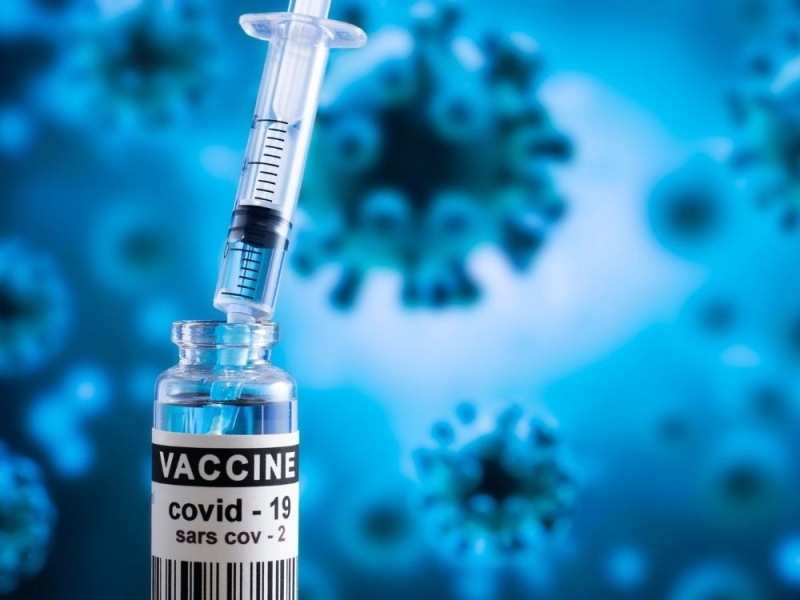


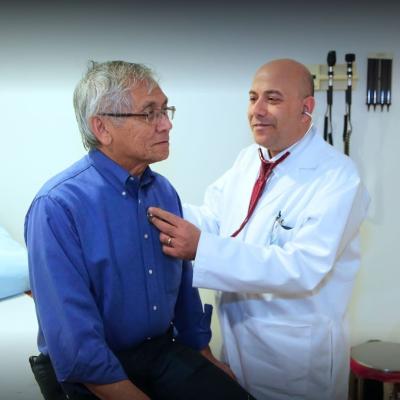
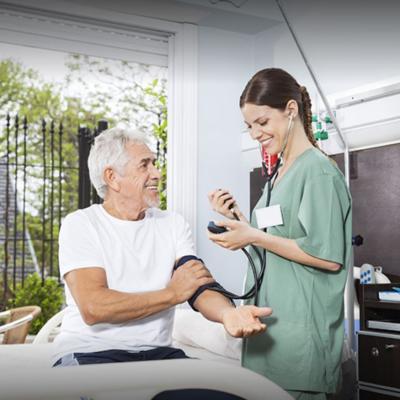
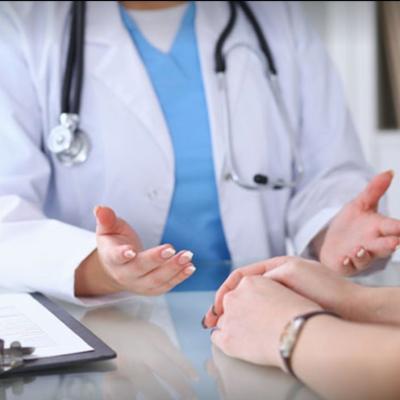
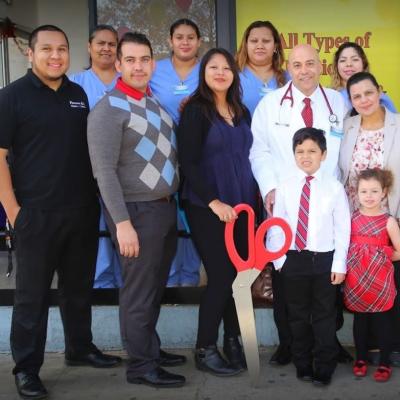


 And then Add to Home Screen.
And then Add to Home Screen.